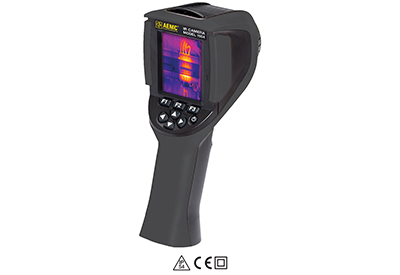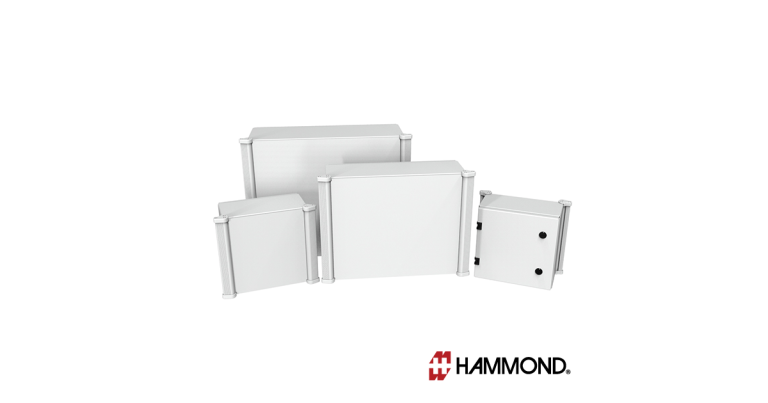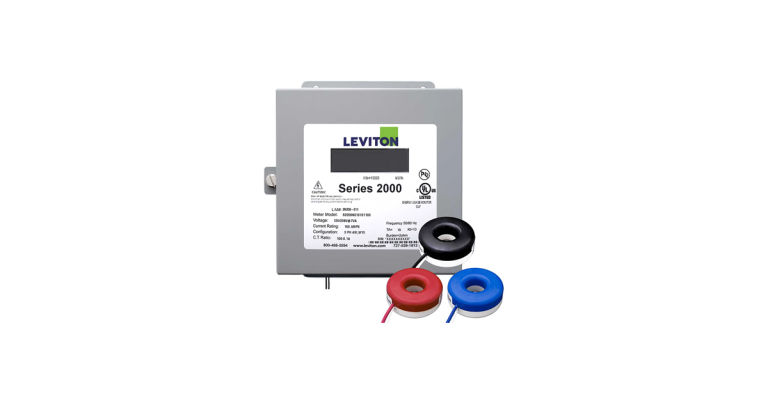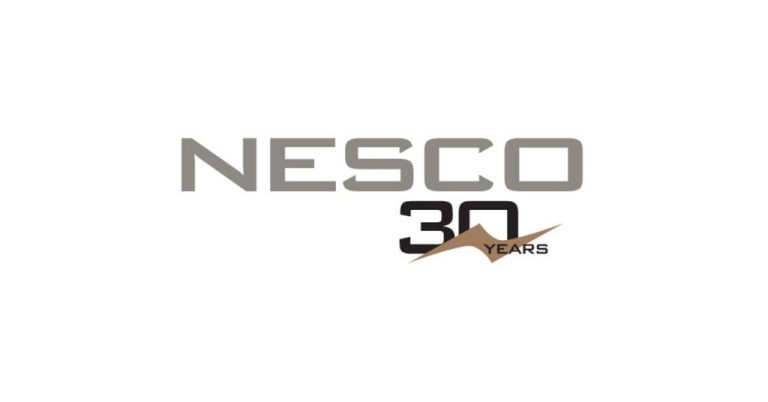AEMC Introduces a NEW Infrared Camera Model 1954

Aug 21, 2019
AEMC’s Thermal Imaging IR Camera Model 1954 is equipped with infrared thermography detection technology that is used in industry sectors as diverse as electrical maintenance, metallurgy and steel making, petroleum, automation, natural gas exploration, transportation and others. Infrared thermal imaging provides a real-time non-contact inspection method that does not require you to shut off power, shut down the equipment or interrupt production. It can diagnose latent malfunctions in advance and anticipate their occurrence and prevent production problems. The Model 1954 is a powerful cost-effective tool for analyzing electrical maintenance issues. It has features typically found in cameras two to three times its price.
Features:
- 28° x 38° field of view with an IFOV spatial resolution of 4.1mrad
- Focus free imaging with automatic brightness control
- 480 x 6400 pixel 2.8″ color display
- Exceptional 9-hour battery life
- Captures thermal & digital images simultaneously
- Laser pointer for accurate target location
- Programmable trigger and cursor functions
- Selectable color palette
- Quick startup in less than 10 seconds
- Built-in user configurable emissivity table
- Accurate temperature measurement over the full range
- Automatic non-uniformity temperature correction
- Verbally record comments to the image using the wireless microphone included
- Wireless Bluetooth® connection to AEMC clamp-on meters, multimeters, and environmental loggers to record electrical and physical measurements simultaneously with thermograms
- Comprehensive CAmReport software included with all the necessary functions for reliable measurement analysis and report generation
Applications:
- Energy audits ensure trouble free industrial, electrical, or mechanical maintenance
- Analyzes new or old buildings, defects, faults, and anomalies
- Detect electrical equipment malfunctions
- Detect malfunction or anomalies on internal components to help prevent over heating
- Verify and inspect parts and mechanical assemblies such as wear points, shaft alignment, lubrication problems, and adjustment errors
Go HERE for more information










![Guide to the Canadian Electrical Code, Part 1[i] – A Road Map: Section 52 — Diagnostic imaging installations](https://electricalindustry.ca/wp-content/uploads/2022/11/Guide-CE-Code-2.png)






